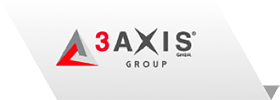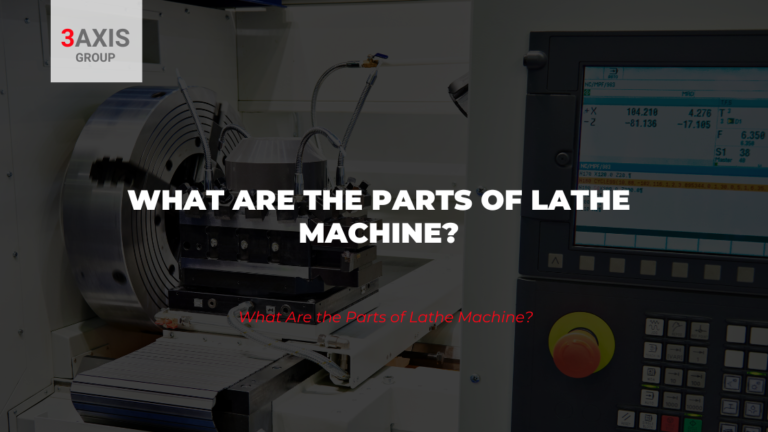Lathes are essential machines used in the manufacturing industry. Operated with Computer Numerical Control systems and provided with precise design instructions, CNC Lathes are machine tools where the workpiece is clamped and rotated by the main spindle, while the cutting tool that work on the material, is mounted and moved in various axis.
Although the CNC lathe machine has similar parts to the conventional lathe machine. The CNC lathe has additional lathe components such as a cooling system, chip conveyor and lubrication system to provide more precision and efficiency. So, in today’s post we are going to explain each of the different parts that make up a CNC lathe and the important function they perform. Keep reading!
The main parts of lathe machine
Thanks to the different parts that make up this type of machine tool we can say that it can offer some of the highest levels of accuracy and precision that you can find in manufacturing processes. These levels of accuracy can be used to manufacture intricate parts that have great precision and dimensional stability.
CNC lathe machines are typically used for machining cylindrical or spherical components, but the machines can also perform the following operations: CNC turning machining, CNC drilling, feature formation, surface finishing.
Below, you can find a brief explanation of the main parts of lathe machines:
Machine Bed
Considered one of the most important parts of the machine. The bed provides necessary strengths, rigidity, and support to the machine. Different components of the machine parts such as tailstock, chuck, spindle, electric motor, and carriage are fitted on the bed.
Main Spindle
The main spindle consists of the spindle and the spindle drive system. The main spindle contains many of the moving parts of the lathe, including the motors, gears and chuck. The C-axis drive that helps position the material is also mounted with the spindle.
Sub-Spindle
The sub-spindle works in synchrony with the main spindle to complete the first and second cutting operations on a lathe. This improves efficiency and output per cycle. As a curiosity when it is named as “second spindle” the mechanism has the same capacity and power as the main spindle.
Chuck
A chuck is a vice-like structure that grips the workpieces to be machined. It is attached to the main spindle that rotates both the chuck and the workpiece.
Guide Way
It is what allows the tool to move horizontally and vertically to achieve a smooth cutting process.
Headstock
Once clamped to the end, the headstock provides the rotational power for the lathe’s operations. It contains the bearings used by the lathe to rotate the workpiece against the tool bit. Found on the end of the bed.
Tailstock
The tailstock features a non-rotating barrel that can be used for a variety of purposes, such as holding tool bits or supporting workpieces while they turn. The tailstock is located at one end of the lathe, opposite the headstock.
Tool Turret
The turret provides the ability to change the cutting tools as required. The number and size of the cutting tools will determine the turret’s size. The CNC lathe tool turret rotates with the CNC program commands. And this rotation depends on the CNC lathe machine.
Now that you know a little better the different parts of lathe machines and its functions; visit our Marketplace and choose the model that best suits your business. Also, if you wish, you can contact us by writing to offers@3axis-group.com and an agent will contact you immediately to answer all your questions. We look forward to meeting you and hearing about your project!
Discover also:




